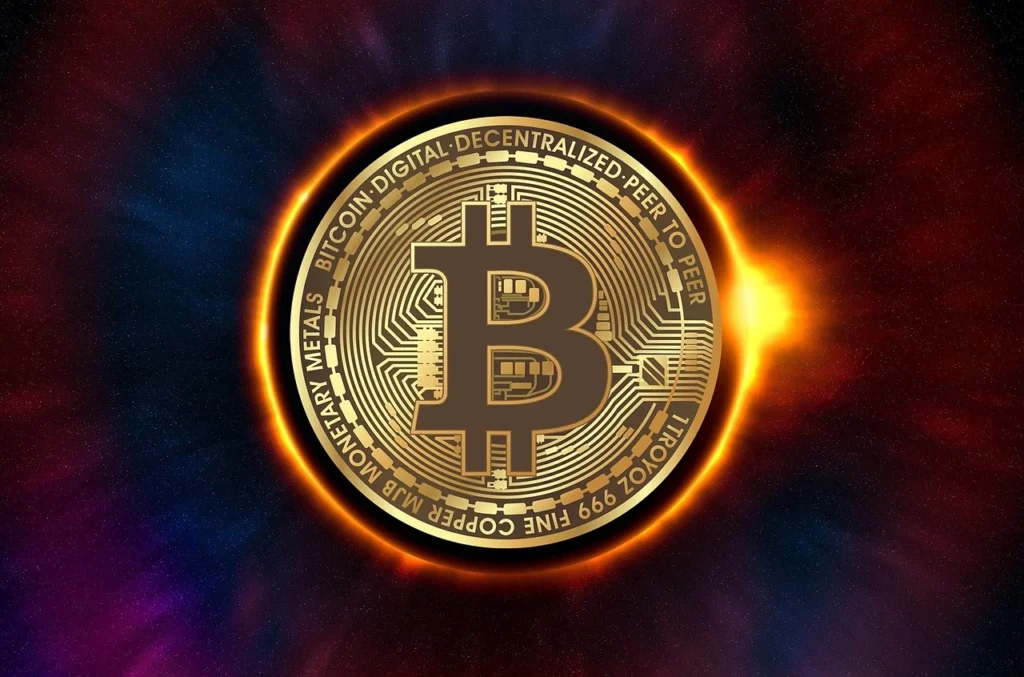The Origin of Crypto NFTs
 Non-fungible tokens (NFTs) have exploded in popularity in recent years, grabbing headlines with multi-million dollar sales of digital art and fueling a new wave of digital ownership. But the story of NFTs stretches back further than the recent hype, with roots in early blockchain experimentation and a constant evolution of the underlying technology.
Non-fungible tokens (NFTs) have exploded in popularity in recent years, grabbing headlines with multi-million dollar sales of digital art and fueling a new wave of digital ownership. But the story of NFTs stretches back further than the recent hype, with roots in early blockchain experimentation and a constant evolution of the underlying technology.
This article delves into the fascinating origin story of crypto NFTs, exploring the early concepts, technological advancements, and key milestones that paved the way for the NFT landscape we see today.
The Seeds of Non-Fungibility: Colored Coins and Early Experiments (2012-2014)

However, technical limitations and a lack of consensus within the Bitcoin community hindered the widespread adoption of colored coins. The Bitcoin network wasn't designed to handle the complex data requirements of non-fungible tokens, and scalability issues made colored coins cumbersome to use.
Despite these limitations, colored coins laid the groundwork for the development of NFTs. They demonstrated the potential for blockchain technology to represent unique digital assets and ownership.
Enter Ethereum and the ERC-721 Standard (2014-2017)
The launch of the Ethereum blockchain in 2015 marked a turning point for NFTs. Ethereum, unlike Bitcoin, was designed to be more programmable, allowing developers to create smart contracts – self-executing contracts stored on the blockchain. This opened up a world of possibilities for building applications on top of the Ethereum network, including NFTs.
In 2014, Kevin McCoy minted what some consider the first NFT, "Quantum," on the Namecoin blockchain. "Quantum" represented a digital artwork and was a significant step in demonstrating the viability of NFTs.
However, the true game-changer came in 2017 with the introduction of the ERC-721 standard on the Ethereum blockchain. Developed by William Entriken and others, ERC-721 established a technical framework for creating and managing non-fungible tokens on Ethereum. ERC-721 defined the properties and functionalities of NFTs, ensuring their uniqueness and facilitating secure ownership transfer.
CryptoPunks and CryptoKitties: The Birth of Mainstream NFT Projects (2017)
/cdn.vox-cdn.com/uploads/chorus_asset/file/23603505/VRG_Illo_5265_M_Li_NFT_explainer.jpg) The same year that ERC-721 was introduced, two projects emerged that brought NFTs to the forefront of public consciousness: CryptoPunks and CryptoKitties.
The same year that ERC-721 was introduced, two projects emerged that brought NFTs to the forefront of public consciousness: CryptoPunks and CryptoKitties.
CryptoPunks, launched in 2017 by Larva Labs, is a collection of 10,000 algorithmically generated pixel art characters. Each CryptoPunk is unique and indivisible, sparking early interest in digital collectibles.
Following shortly after in late 2017, CryptoKitties, developed by Dapper Labs, took the NFT world by storm. CryptoKitties are virtual cats with unique genetic traits that can be bred, collected, and sold. The popularity of CryptoKitties, with some virtual cats selling for hundreds of thousands of dollars, showcased the potential for NFTs beyond just digital art.
These early projects not only demonstrated the power of NFTs for digital ownership and collectibles but also highlighted the potential for gaming, entertainment, and other applications.
The NFT Ecosystem Takes Flight (2018-Present)
Since 2018, the NFT ecosystem has continued to evolve rapidly. Here are some key developments:
Expansion of NFT standards
Following the success of ERC-721, new standards like ERC-1155 emerged, enabling the creation of semi-fungible tokens with varying degrees of uniqueness.
Rise of NFT marketplaces
Dedicated platforms like OpenSea and Rarible made it easier for users to buy, sell, and trade NFTs.
NFT applications beyond collectibles
The use of NFTs expanded to areas like music, sports memorabilia, and even real estate.
The rise of DeFi and play-to-earn games
The convergence of NFTs with decentralized finance (DeFi) and the play-to-earn gaming model has created new possibilities for earning and ownership in the digital space.
The NFT landscape continues to evolve, with ongoing discussions about scalability, environmental impact, and the legal implications of digital ownership. However, the core principle of non-fungible tokens – representing unique digital assets on a secure and transparent blockchain – remains a powerful concept with far-reaching applications.
Conclusion
The origin story of crypto NFTs is a testament to human ingenuity and the continuous evolution of blockchain technology. From the







































